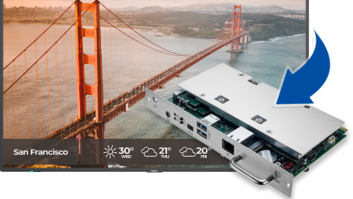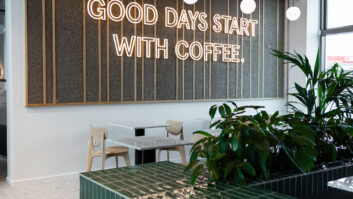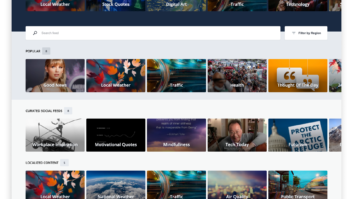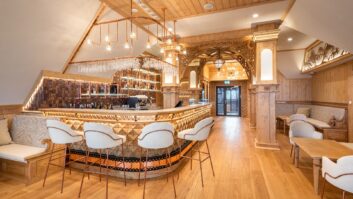
Various trends in the education sector across Europe are providing opportunities for projector manufacturers.
NEC is experiencing strong demand for projection technology from the education sector in Europe. The trend is very much towards a low total cost of ownership. Previously, customers tended to compare only product costs, but now lamp life and lamp costs, for example, are taken into account. Operating costs – defined in terms of power consumption – also play a key role.
This is being reinforced by tougher legislation, such as the new energy-using product (EUP) directive, which imposes limits on standby power consumption.NEC Display Solutions’ new models comply with these regulations. They offer a long lamp life of up to 5,000 hours, minimum normal and standby power consumption of 0.7W, low lamp costs, and service intervals of up to 5,000 hours.
We also set high eco-design standards. We were the first manufacturer in the world to have our equipment tested by the Swedish organisation TCO Development to verify its ergonomic and ecological characteristics. This enabled us to market the first TCO-certified projectors, the NP215 and the NP410.
3D learning
Now that projectors have become standard equipment in classrooms in most countries, NEC Display Solutions is focusing on giving educationalists more scope for varied lesson planning by expanding our range of 3D learning software. As well as showing 3D films, software of this type makes it easier to present visual learning material to students.
We are taking a proactive approach to these requirements with the new NP216 DLP projector, which is being presented at BETT in January. This model has been specially designed for the demands of 3D playback.
The whole system requires just one projector. In combination with framesynchronised 3D glasses, the projector alternately supplies image information for the left and right eye, with no flickering.
This keeps the costs of the system as low as possible.
Stacking
Many customers and schools will know the situation: several times a year, a large, bright projector is required for events such as Christmas parties. Previously, there were two options: rent special equipment or purchase high-end devices that were only used two or three times a year. Both alternatives are expensive, and neither are an optimum solution.
NEC Display Solutions’ NP3250 series offers an affordable alternative for this scenario. Projectors in the series have a luminosity of up to 5,000 ANSI lumens. In bright rooms or large halls where very high luminosity is required, the stacking function allows you to combine up to four devices.
Using the free software supplied, you can calibrate the projectors with the aid of a standard USB camera. The combined projectors then produce one extremely bright image. Calibration takes just a few minutes and the result is a sharp, clear image. This solution is cheaper, more flexible and more reliable than using one single highperformance projector.
Klaus Auerböck is manager product management in NEC’s projectors EMEA business unit.







